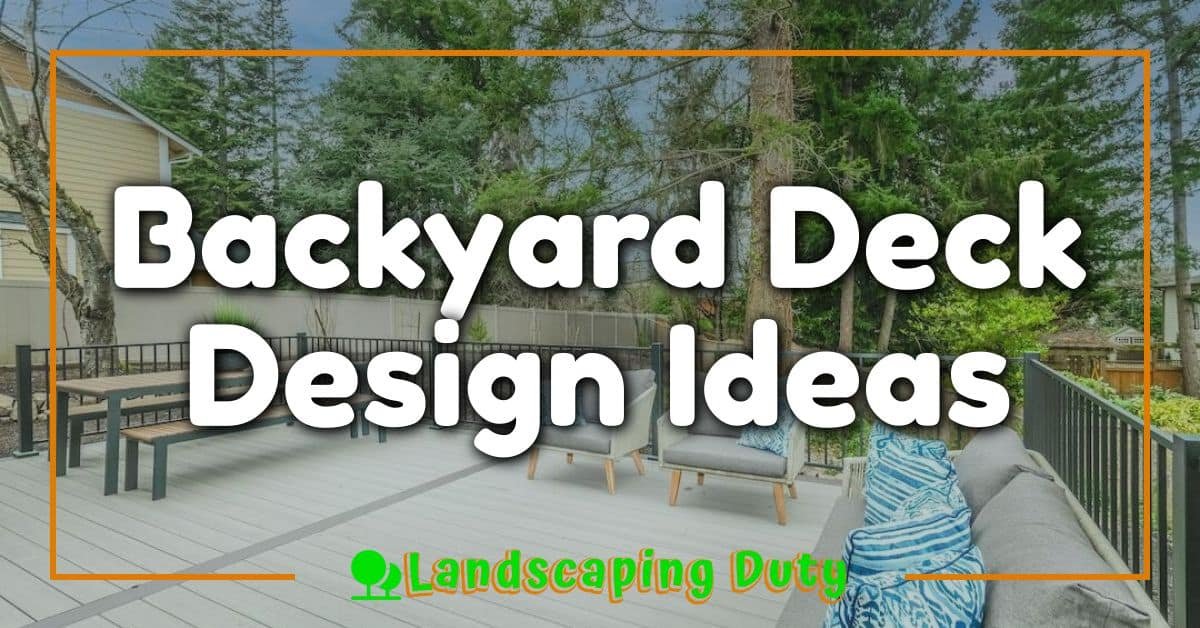When it comes to enhancing the aesthetics of outdoor spaces, interlocking pavers are a popular choice for many homeowners. However, despite their visual appeal and durability, there are some drawbacks to consider. In this article, we’ll explore the disadvantages of interlocking pavers and why it’s essential to weigh the pros and cons before making a decision.

From maintenance challenges to potential shifting and settling issues, interlocking pavers may pose certain problems that can impact the overall look and functionality of your outdoor area. Understanding these drawbacks can help us make informed choices and ensure that our landscaping projects stand the test of time. Let’s delve into the downsides of interlocking pavers and how to address them effectively.
Aesthetic Limitations of Interlocking Pavers
As landscape designers, we need to address the aesthetic limitations of interlocking pavers to ensure that outdoor spaces maintain their visual appeal over time. Understanding these aspects is crucial for creating long-lasting and visually pleasing landscapes.
Color Fading Over Time
When using interlocking pavers, one of the challenges we face is the inevitable color fading that occurs with prolonged exposure to the elements. Despite the initial vibrant hues they offer, these pavers can lose their color intensity over time, especially in high-traffic areas or under harsh sunlight. This gradual fading can lead to an uneven and lackluster appearance, affecting the overall aesthetics of the outdoor space.
To mitigate this issue, we might need to consider using sealants or coatings designed to protect the color and enhance the longevity of the pavers. However, it’s essential to remember that even with maintenance efforts, some degree of color fading is inevitable, requiring periodic assessments and potential replacements to maintain a cohesive look in the landscape design.
Pattern and Design Repetition
Another aspect that we need to be mindful of is the potential for pattern and design repetition when using interlocking pavers. While these pavers offer a wide range of design options and configurations, there is a risk of patterns becoming monotonous or overly repetitive, especially in larger paved areas. The uniformity of interlocking pavers can sometimes create a predictable and uninspired look, detracting from the visual interest of the landscape design.
To address this limitation, we can explore incorporating different materials or infusing unique design elements within the paved areas to break the monotony and add visual intrigue. By combining interlocking pavers with contrasting textures, colors, or shapes, we can create dynamic patterns that enhance the overall aesthetic appeal of the outdoor space, capturing the attention of viewers and elevating the design to new creative heights.
Installation Challenges of Interlocking Pavers
Need for Skilled Installation
When it comes to interlocking pavers, a key challenge lies in the need for skilled installation. Improper installation can lead to a range of issues that affect the longevity and functionality of the paved surface. As landscape designers, we emphasize the importance of hiring experienced professionals who understand the intricacies of laying interlocking pavers correctly. Without the necessary expertise, the pavers may not interlock securely, resulting in uneven surfaces and potential tripping hazards.
Potential for Incorrect Installation
Another significant challenge associated with interlocking pavers is the potential for incorrect installation. The intricate nature of interlocking systems means that precise alignment and proper base preparation are crucial for a durable and visually appealing result. As designers, we often encounter projects where pavers have been installed incorrectly, leading to issues such as uneven settling, shifting patterns, and water pooling. Ensuring that the installation is done accurately from the start can prevent these common problems and contribute to a polished and long-lasting outdoor space.
Maintenance Issues with Interlocking Pavers
As landscape designers, we often encounter maintenance challenges with interlocking pavers that can affect the overall look and functionality of outdoor spaces. Here, we delve into some common issues that arise with interlocking pavers and how they can impact your outdoor area.
Weed Growth Between Pavers
One of the recurring problems we’ve observed when using interlocking pavers is the persistent issue of weed growth between the joints. Despite effective installation, weeds find their way through the smallest crevices over time, detracting from the clean and polished appearance of the hardscape.
To combat this, regular maintenance is essential to prevent weed infiltration. While chemical weed killers are an option, we recommend more environmentally friendly methods like applying polymeric sand between the pavers. This specialized sand hardens when exposed to water, effectively preventing weed growth and maintaining the seamless look of your outdoor space.
Risk of Uneven Settling
Uneven settling is a significant concern associated with interlocking pavers that can lead to potential tripping hazards and structural issues. Improper installation techniques or inadequate base preparation can result in the pavers settling unevenly over time, creating an unattractive and hazardous surface.
To mitigate the risk of uneven settling, we emphasize the importance of proper base compaction and alignment during installation. Ensuring a stable foundation beneath the pavers is crucial for long-term structural integrity and a level surface. Regular inspection and maintenance can help identify early signs of settling, allowing for prompt repairs to maintain the functionality and aesthetic appeal of your outdoor space.
Environmental Impact of Interlocking Pavers
Non-Permeable Nature and Water Runoff
When considering the environmental impact of interlocking pavers, one crucial aspect to analyze is their non-permeable nature. Unlike natural surfaces like grass or gravel, interlocking pavers create a solid, impermeable surface that restricts water penetration into the ground. This lack of permeability can lead to increased stormwater runoff, affecting the natural drainage patterns of an area.
Excessive water runoff may overwhelm local drainage systems, causing flooding and erosion issues. Additionally, the runoff from paved surfaces can carry pollutants such as oil, grease, and chemicals into water bodies, further compromising water quality. As landscape designers, we acknowledge the importance of sustainable water management practices and recommend incorporating permeable paving solutions or green infrastructure to mitigate the negative effects of water runoff associated with interlocking pavers.
Resource Intensive Manufacturing Process
Another aspect to consider when examining the environmental impact of interlocking pavers is their resource-intensive manufacturing process. The production of concrete or clay pavers involves significant energy consumption, raw material extraction, and transportation emissions. These processes contribute to carbon emissions and environmental degradation, impacting air quality and natural resources.
As landscape designers, we advocate for the responsible use of materials and the consideration of alternative eco-friendly options in outdoor design projects. By exploring sustainable paving materials like recycled pavers or permeable pavers made from environmentally friendly sources, we can reduce the ecological footprint associated with interlocking pavers and promote a more environmentally conscious approach to landscaping.
Cost Considerations of Interlocking Pavers
Initial Investment vs. Longevity
When considering the cost implications of interlocking pavers, we need to weigh the initial investment against their longevity. While interlocking pavers may have a higher upfront cost compared to traditional concrete or asphalt surfaces, they offer long-term benefits. These pavers are known for their durability and can withstand heavy foot traffic and varying weather conditions. As landscape designers, we understand the value of investing in materials that stand the test of time, reducing the need for frequent repairs or replacements. By opting for interlocking pavers, clients can enjoy a low-maintenance outdoor space that maintains its appeal for years to come.
« Uncover the Secret to Perfect Outdoor Design with Various Paver Sizes Unveiling the Ultimate Guide: Can Bleach Revive Your Pavers’ Glory? »
Repair and Replacement Costs
Another crucial factor to consider when discussing the cost of interlocking pavers is the expenses related to repairs and replacements. In the event of damage or shifting, individual pavers can be easily replaced without disturbing the entire surface. This targeted approach to maintenance can help minimize costs associated with repairs, as specific areas can be addressed without extensive renovations. Additionally, the modular nature of interlocking pavers streamlines the replacement process, ensuring that repairs are swift and efficient. As landscape designers, we advise our clients on the long-term cost savings associated with the versatility and ease of maintenance offered by interlocking pavers.
Conclusion
We’ve explored the various drawbacks of interlocking pavers, from maintenance challenges to environmental impact and cost considerations. Despite these downsides, interlocking pavers offer durability, ease of maintenance, and long-term cost savings. It’s essential to weigh the initial investment against the benefits they provide in outdoor design projects. By understanding and addressing the limitations, we can make informed decisions to create sustainable and visually appealing outdoor spaces.











